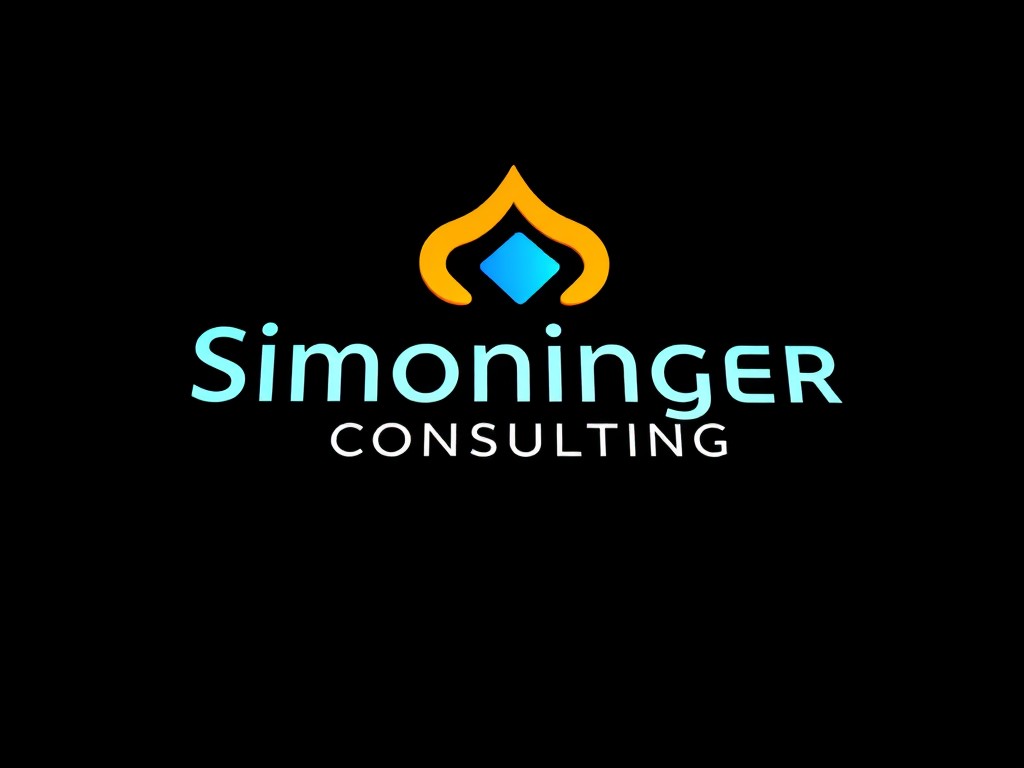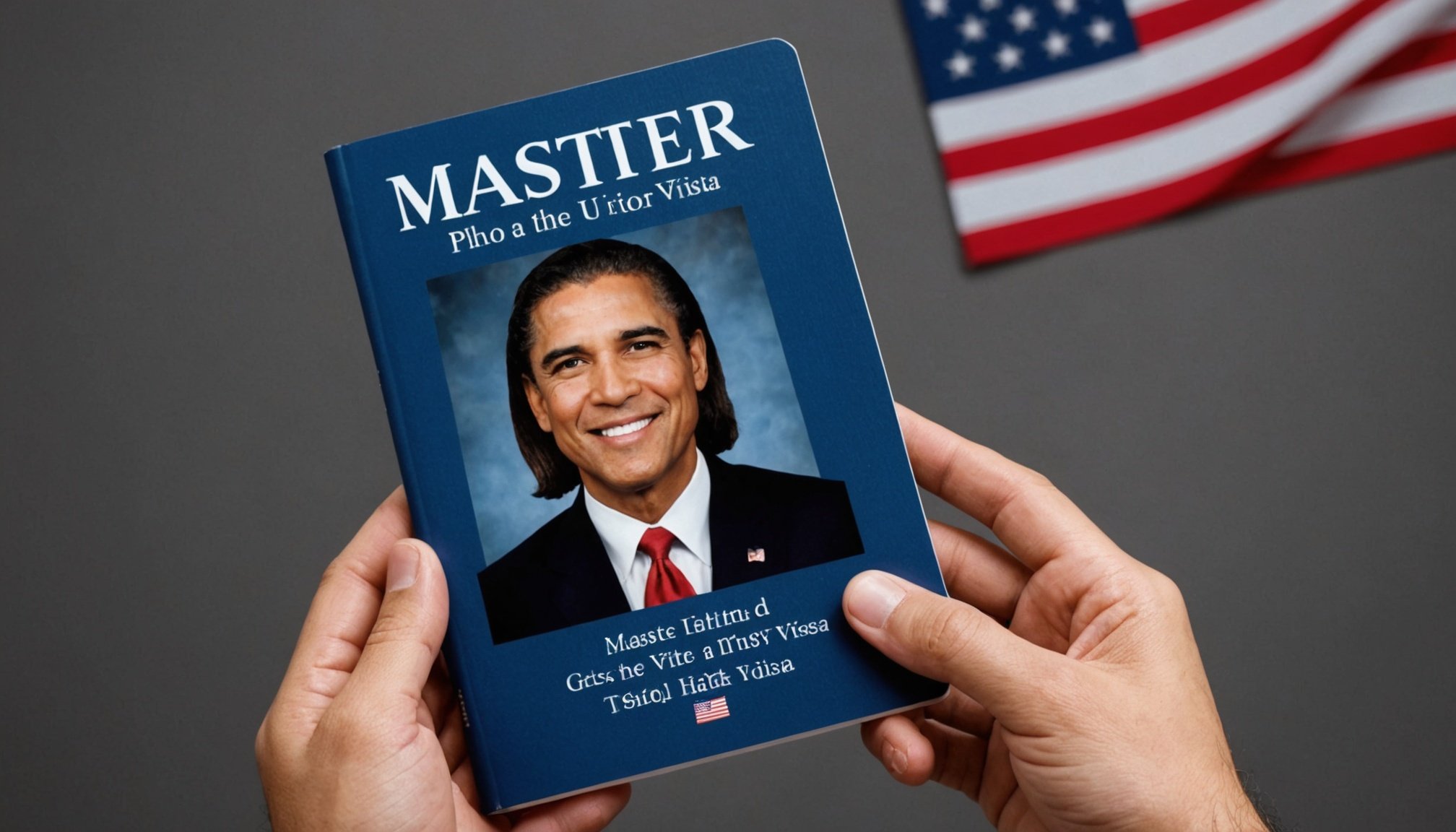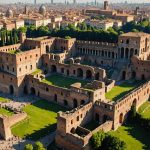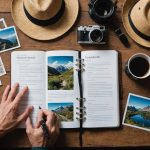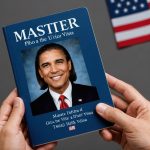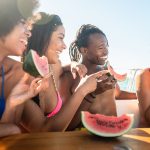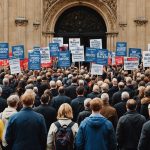Securing a USA tourist visa can seem daunting, but with the right guidance, it’s entirely manageable. From choosing the correct visa type to preparing for the interview, every step matters. This guide breaks down the process into clear, actionable steps to help you succeed—whether you’re visiting for leisure, family, or medical reasons. Follow along to ensure your application is thorough, stress-free, and set for approval.
Comprehensive guide to obtaining a USA tourist visa
For travelers planning a trip to the USA for leisure, family visits, or medical purposes, the B2 tourist visa is the go-to option. From meeting the necessary eligibility criteria to ensuring that all required documents are in place, understanding the application process can significantly simplify this journey. Services like visa-b2.com provide valuable resources for navigating this complex procedure with ease.
In the same genre : Top Eco-Conscious Stays: Discover the Best Sustainable Accommodations in the Lake District
Types and purposes of USA tourist visas
The USA tourist visa primarily encompasses the B2 visa category, designed for non-immigrants intending short stays in the United States. It facilitates activities like sightseeing, social or family visits, and medical treatments. For business-specific purposes such as attending conferences or meetings, the B1 visa is available, differentiating it from leisure-focused travel under the B2 visa. Understanding these distinctions helps applicants select the appropriate visa type for their travel plans.
Step-by-step USA tourist visa application process
Complete the DS-160 Form: The visa application process begins by filling out Form DS-160 online. It requires personal details, travel plans, and purpose of the visit. The form must be submitted electronically.
Topic to read : How to find the best traditional fish and chip shops in Whitby?
Pay the Visa Application Fee: A standard fee of $185 applies for the tourist visa. Payments can be made online or at designated locations, and applicants must retain the receipt for submission during the interview.
Schedule Appointments: Applicants will need to arrange two crucial appointments — a biometrics appointment at the Visa Application Center (VAC) and a visa interview at the U.S. Embassy or Consulate.
Attend the Biometrics Appointment: At the VAC, fingerprints and a digital photograph meeting strict specifications are collected.
Attend the Visa Interview: During the consulate interview, applicants should be prepared to explain their travel purpose, provide documents, and answer questions about ties to their home country to demonstrate their intent to return after the visit.
Wait for Processing: After the interview, visa issuance may take a few days to weeks depending on individual cases. Applicants can track their visa status online.
Essential documents required for a B2 visa application
Having a well-organized file of documents not only streamlines the process but also boosts the chances of approval. The key items include:
- Valid Passport: This should have at least six months’ validity beyond the intended stay.
- DS-160 Confirmation Page: Proof of completed online application.
- Visa Fee Payment Receipt: Evidence of fee payment is mandatory.
- Travel Itinerary: Including flight reservations or proof of travel plans.
- Proof of Funds: Recent bank statements or financial documents to show you can fund your trip.
- Evidence of Ties to Home Country: Employment letters, property documents, or family connections that demonstrate intent to return.
- Letters of Invitation (if applicable): For family visits or events, letters from U.S. residents hosting the traveler.
Meticulous adherence to these requirements ensures smoother application review and helps avoid delays.
Understanding the nuances of the USA tourist visa system, especially under the B2 category, is vital for a successful process. Leveraging tools and platforms like visa-b2.com ensures applicants stay informed and confident at every step.
Preparing your application successfully
Applying for a US tourist visa requires attention to detail and a clear understanding of the requirements. This article breaks down the application process into manageable steps, offering guidance on each stage. We aim to demystify the process and empower you to submit a strong and complete application.
Tips for USA Tourist Visa Eligibility and Avoiding Common Mistakes
When preparing for a USA tourist visa (B2) application, ensuring that you meet eligibility requirements and avoiding common pitfalls are crucial steps. Tourist visa eligibility criteria primarily focus on demonstrating your intention to return home after visiting the U.S. Begin by gathering documents that highlight your strong ties to your home country—this might include employment verification, property ownership, or family relationships. Failure to prove these ties is one of the common reasons for USA tourist visa denial.
Another widespread error involves misrepresentation or inconsistencies in your application. Ensure that every detail, from your USA visa application form DS-160 to the interview responses, aligns perfectly. Submitting incomplete or contradictory information can significantly delay the USA tourist visa processing time, or worse, result in rejection.
For first-time applicants, familiarize yourself with visa interview questions for USA tourist visa screenings. Many are designed to test the authenticity of your travel plans. Confidence and honesty in your responses are vital. Memorizing answers isn’t necessary but being prepared and consistent will greatly improve your chances of approval.
Crafting a Travel Itinerary and Preparing Travel Documentation
A well-defined travel itinerary for USA tourist visa application plays a key role in building credibility. This document should outline your day-to-day plans, showing purpose and structured intentions for your stay. Mention landmarks, events, business visits (if applicable), and accommodations, while sticking to realistic timelines. Avoid vague or overly flexible itineraries, as they can raise suspicion during your interview.
Equally important are supporting travel documents. Prepare to submit proof of return travel in the form of round-trip reservations. If your trip is partially or fully sponsored, verify that sponsorship letters, financial support proof, and relationship confirmations are complete and authentic. These bolster your application and reduce uncertainties about tourist visa eligibility criteria.
If you’re unsure about what to include, remember this key question: “What documents do I need for a tourist visa to the USA?” Core items include a valid passport, completed DS-160 form, recent passport-sized photographs, and possibly travel medical insurance. Your supporting portfolio should demonstrate financial solvency, such as bank statements or pay slips, to address the common query: How much bank balance is required for a USA tourist visa?
Necessary Bookings, Including Flights and Accommodations, to Support Your Application
While submitting confirmed bookings for flights and accommodations isn’t always mandatory, these details can strongly enhance your USA tourist visa for first-time applicants. For example, booking flights for USA visa application might not require buying tickets outright but having verifiable reservations shows your commitment to returning home. Use reputable agencies offering refundable or “hold-for-now” ticket options.
For lodging, provide hotel reservations or proof of accommodations at a host’s address. If staying with family or friends, ask them to draft formal invitation letters that detail your relationship and the visit’s purpose. Properties booked through well-known rental platforms should also be supported by official confirmation documents.
Additionally, consider the timeline of reservations and ensure they align with the U.S. consulate’s visa interview preparation guidelines. Discussing your stays and transit plans confidently during the interview reflects positive planning and further solidifies your case.
In preparation for your application, the more precise and organized your documentation and itinerary, the greater the likelihood of overcoming common USA tourist visa mistakes. Each piece of evidence serves a role in creating a consistent, transparent profile of you as a responsible traveler with a clear intent to explore the United States and return to your home country.
Navigating the USA Visa Interview Process
The U.S. visa interview is a crucial step for many aspiring travelers, students, and professionals seeking entry into the United States. This interview assesses an applicant’s eligibility for a visa and requires thorough preparation and understanding of the process. This guide aims to demystify the U.S. visa interview, providing key insights and practical advice to help applicants confidently navigate this important stage.
Key Strategies for a Successful USA Tourist Visa Interview
Preparation is the cornerstone of acing your USA tourist visa interview. This involves more than just assembling documentation—it means presenting your case clearly and confidently. Familiarize yourself with the USA visa interview preparation steps:
- Understand Your Intentions: Be prepared to explain your travel purpose. Whether for leisure, family visits, or medical reasons, focus on the genuine and temporary nature of your trip.
- Demonstrate Ties to Your Home Country: Visa officers prioritize this evidence. This could mean presenting proof of employment, family commitments, property ownership, or ongoing academic pursuits.
- Maintaining Professionalism: Punctuality, appropriate attire, and polite communication can establish a good impression during the interview.
Tailor your responses to be precise, honest, and aligned with the documents you provide. Remember, the aim is to establish credibility and eligibility for the tourist visa.
Frequently Asked Visa Interview Questions and How to Answer Them Effectively
Visa officers tend to ask practical and specific questions to gauge your travel intentions. Below are examples of visa interview questions for USA tourist visa applications and strategies to answer them:
- What is the purpose of your visit to the USA?
- Response: Clearly outline your travel purpose, e.g., “I’m visiting family during the insert timeframe” or “I’m planning leisure activities such as mention landmarks or events.” Your answer must match the details in your application and travel itinerary.
- Who is sponsoring your trip?
- Response: If self-funded, mention how you’ve planned for it financially and if applicable, present proof of funds. If a sponsor is involved, discuss their role with sponsorship documentation ready.
- Do you have family or employment obligations in your home country?
- Response: Share specifics about immediate family, work contracts, or property holdings to prove your intent to return.
Anticipate these questions and practice responding naturally. Always avoid memorized or rehearsed responses, as they could seem inauthentic to interviewers.
What to Bring to Your USA Visa Interview and Ensuring All Paperwork is Correct
Knowing what to bring to your USA visa interview is just as vital as preparing your answers. Here’s a checklist to avoid last-minute stress:
- DS-160 Confirmation Page: This document confirms your application submission online and must be printed.
- Appointment Confirmation Letter: Includes your scheduled interview details.
- Valid Passport: Ensure it has at least six months of validity beyond your planned departure date.
- Photograph: In line with the latest best practices for USA visa photos (e.g., 600×600 pixels, white background).
- Financial Evidence: Bank statements or salary slips for at least the last three months showing adequate balances.
- Proof of Travel Plans and Intent: A concise travel itinerary for USA tourist visa application, possibly including flight bookings (if applicable) and hotel reservations.
Each item must be current and accurate to avoid complications during the interview. Before attending, double-check the requirements listed under tourist visa eligibility criteria or consult embassy updates to ensure completeness.
Final Steps and Post-Visa Application Considerations
Congratulations on obtaining your visa! However, there are still crucial steps to finalize and preparations to make before your departure. This overview details the necessary post-approval actions, including any required registrations or notifications, as well as key factors to consider for a successful experience abroad.
Understanding Visa Processing Timelines and Tracking Your Application Status
Once you’ve submitted your application, understanding the USA tourist visa processing time becomes essential. Generally, the processing duration ranges between 3 to 10 business days after the visa interview, but this period can vary based on factors like your location, seasonal demand, or additional administrative procedures. Applicants are encouraged to track their visa status through the U.S. Department of State’s official Consular Electronic Application Center (CEAC), which provides real-time processing updates.
To track your application:
- Use your CEAC barcode or case number provided at the time of submission.
- Frequently check the updates, especially if additional documentation is required.
- Regularly review email communications for alerts or follow-ups from the consulate.
Understanding these timelines helps you plan your trip effectively and reduces unnecessary worry.
Key Steps Once Your Visa Is Approved, Including Pre-Travel Checkpoints
Congratulations—your USA tourist visa has been approved! Still, a few additional steps are necessary before you embark on your journey:
Verify Visa Details: Look over your visa to confirm all information is accurate, including your name, passport number, and the duration of allowed stay. Any errors must be reported to the consulate immediately.
Keep a Copy of Your Visa: Make physical or digital copies of your visa, passport, and other important travel documents. These will be invaluable in case of loss or emergencies.
Address Any Travel Requirements: If your destination requires travelers to present specific health documents, such as proof of COVID-19 vaccination or negative test results, ensure these are prepared.
Notify Sponsor or Host: If someone is sponsoring your trip or hosting you, communicate your travel plans and share your arrival details to make their arrangements smoother.
Taking these pre-travel steps ensures you are fully prepared to make the most of your visit to the United States.
Planning Your Trip with Travel Safety and Pre-Departure Tips for USA Visitors
Before departure, careful pre-travel preparation can greatly enhance your overall travel experience. Here are some practical tips for first-time visitors to the USA:
Confirm Your Travel Itinerary: Include flight bookings, accommodation reservations, and a preliminary schedule of activities. This itinerary will not only guide your journey but also serve as a backup document while at customs.
Arrange Travel Insurance: Purchasing travel medical insurance is strongly advised. It covers unexpected medical emergencies and offers a safety net for unforeseen situations during your stay.
Organize Finances: Ensure you have access to sufficient funds, either through cash or an international credit card, to cover your travel expenses. Some consulates recommend having financial proof on hand as part of the requirements for a USA tourist visa.
Familiarize Yourself with U.S. Customs Protocol: Be aware of items restricted or prohibited from entry into the U.S., and abide by the declaration rules to avoid delays at customs.
Pack Carefully: Maintain a balance between necessities (such as valid travel documents and prescription medications) and items for comfort. Ensure your luggage adheres to airline policies regarding weight, size, and restricted contents.
Planning these details in advance not only simplifies your arrival but ensures that your trip to the U.S. is secure and enjoyable. Additionally, staying informed about travel safety tips for USA tourists can make your visit safer and more stress-free.
